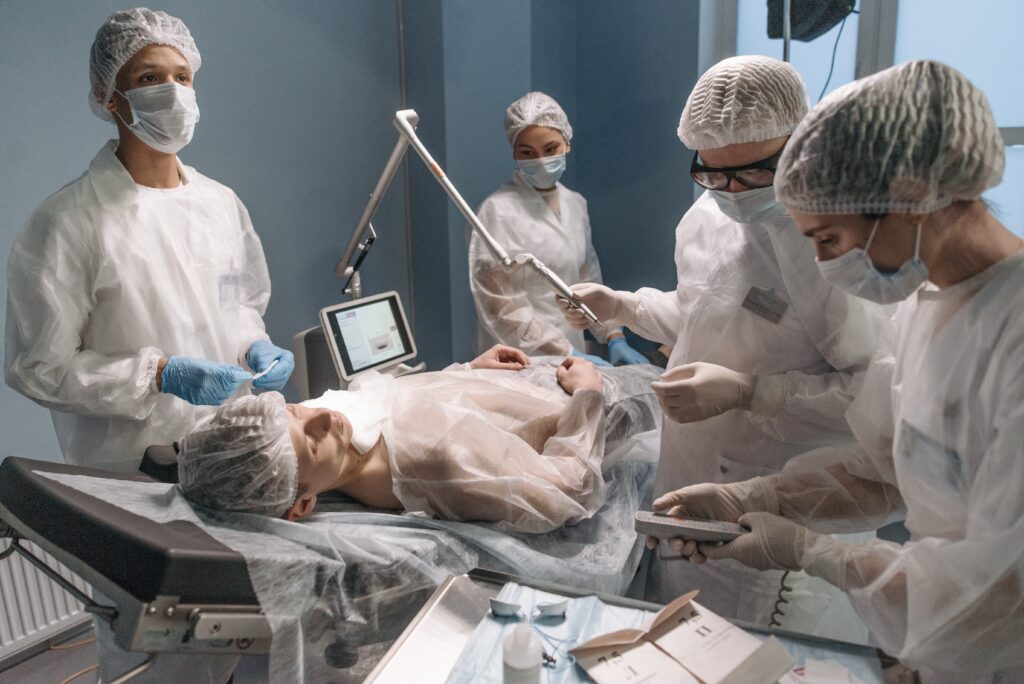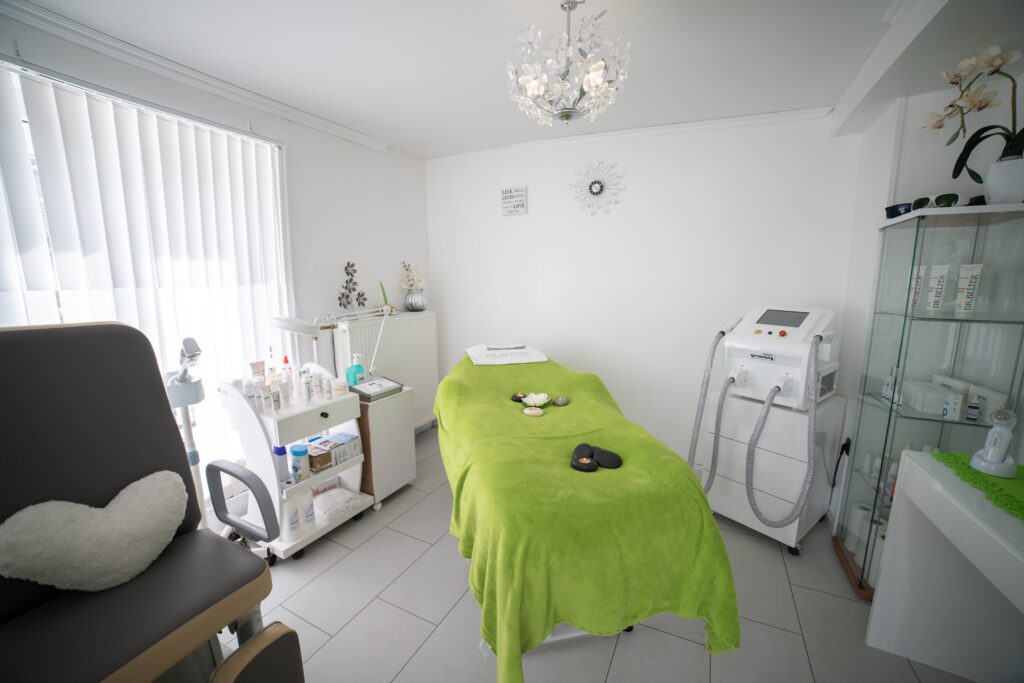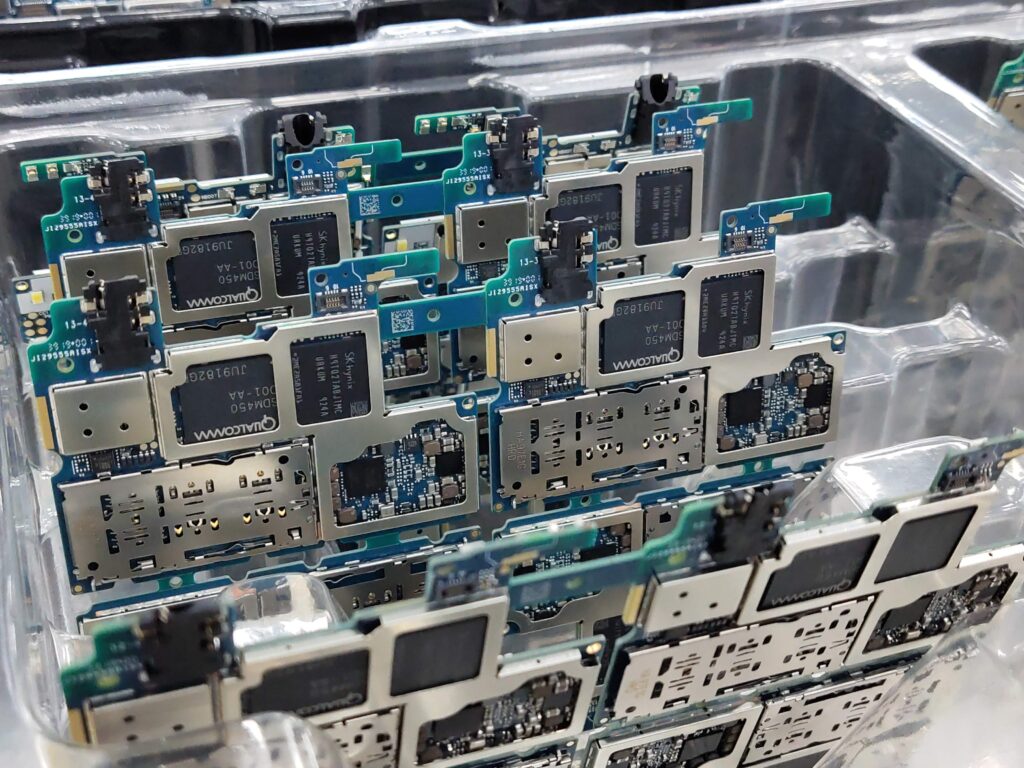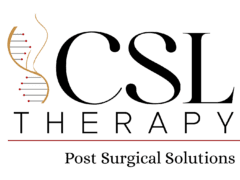Exploring the Intersection of Body Altering Aesthetics and Allied Healthcare: A Comprehensive Overview

In the field of contemporary healthcare, the landscape of body altering aesthetics not only caters to the aesthetic aspirations of individuals but also intersects with various healthcare professions, creating a multidimensional approach to holistic well-being. Beyond the confines of traditional cosmetic enhancements, this burgeoning industry resonates with a diverse array of key audiences, ranging from eager clients seeking personalized physical transformations to a network of dedicated practitioners, support staff, and industry stakeholders.
In this article you will learn:
- Explores body altering aesthetics’ intersection with allied healthcare, emphasizing holistic well-being.
- Discusses evolving modalities and procedures, highlighting symbiotic relationships with healthcare professionals.
- Identifies key stakeholders: patients/clients, practitioners, support staff, facilities, regulatory bodies, suppliers, insurance providers, consultants, and allied healthcare professionals.
- Underscores importance of recognizing diverse roles to promote standardized protocols and ethical practices, prioritizing safety and satisfaction.
As the modalities, competencies, and specialized procedures within the body altering aesthetics sphere evolve, they inevitably intertwine with various allied healthcare professionals, nurturing a symbiotic relationship that fosters a comprehensive understanding of the intricate connections between external physical transformations and internal well-being.
Let’s delve into the intricacies of this dynamic amalgamation, exploring the key healthcare professionals with nuanced practices and principles of the body altering aesthetics industry, even if just at the fringes of their expertise.
Key Audiences
The key audiences, stakeholders, and allied healthcare professionals within the body altering aesthetics industry include:
- Patients/Clients: Patients and clients within the body altering aesthetics industry encompass a diverse array of individuals seeking various forms of physical enhancement, refinement, or modification for both personal and aesthetic reasons. These individuals may range from those looking to address specific cosmetic concerns, such as wrinkles, scars, or asymmetrical features, to those aiming for more comprehensive transformations, including body contouring, augmentation, or sculpting. Additionally, patients within this industry may consist of individuals seeking to improve their self-confidence, enhance their self-image, or restore a sense of identity following physical trauma or medical procedures.
Clients within the body altering aesthetics sector often come from different walks of life, each with their own unique motivations, expectations, and concerns. These individuals may seek the expertise of qualified professionals to explore non-invasive or surgical procedures that align with their desired aesthetic goals, reflecting the industry’s commitment to providing tailored solutions that cater to a diverse range of preferences and needs. Additionally, some clients may also be looking to address age-related concerns, pursuing treatments that promote a youthful appearance and a sense of rejuvenation.
Professionals of the industry

- Practitioners and Specialists:
- Plastic surgeons
- Anesthesiologists
- iMedic technicians
- PostOp-Indur providers
- Cosmetic dermatologists
- Aesthetic nurses
- Medical aestheticians
- Body contouring specialists
- Support Staff and Ancillary Professionals:
- Medical assistants
- Primary Care physicians
- Operating room technicians
- Administrative and clerical staff
- Patient care coordinators (Pre, Peri, & Post)
- Office managers
- Transporters

- Medical Facilities and Clinics:
- Cosmetic surgery centers/Private practice facilities
- Wound care clinics
- Medical spas
- Outpatient surgical facilities
- Educational Institutions and Training Centers:
- Medical schools and universities
- Healthcare vocational schools
- Body Altering Aesthetic training academies
- Continuing education providers
- Regulatory Bodies and Industry Associations:
- Medical boards and regulatory authorities
- Accreditation organizations
- Aesthetic and plastic surgery societies

- Suppliers and Manufacturers:
- Medical equipment suppliers
- Pharmaceutical companies
- Medical device manufacturers
- Aesthetic product distributors
- Faja distributors
- Seamstresses & Tailors
- Insurance Providers:
- Health insurance companies
- Medical liability insurance providers
- Rehabilitation Centers and Support Services:
- Post-surgical recovery facilities (Recovery Homes)
- Occupational therapists
- Rehabilitation specialists
- Consultants and Industry Experts:
- Aesthetic consultants
- Medical advisors
- Industry analysts
- Regulatory compliance consultant
Allied Healthcare Professionals
Allied healthcare professionals, who may have various indirect roles within the context of the body altering aesthetics industry, include:

- Nutritionists and Dietitians
- Chiropractors
- Acupuncturists
- Phlebotomists
- Physical Therapists
- Occupational Therapists
- Massage Therapists, Estheticians, Nurses
- Dermatologists
- Endocrinologists
In recognizing the role each stakeholder plays in the delivery of client-centric care, we not only embrace the diversity of perspectives within the industry but also lay the foundation for a holistic approach to well-being that transcends mere aesthetic enhancements. This holistic recognition of the key players allows us to identify potential gaps in surgical healthcare, enabling us to advocate for standardized protocols, improved communication, and ethical practices that prioritize the safety, satisfaction, and overall well-being of all those engaged in the body altering aesthetics journey.
Conclusion
Through collaborative efforts and a steadfast commitment to holistic care, we can continue to elevate industry standards, foster trust among stakeholders, and empower clients to embark on their aesthetic transformations with confidence and peace of mind.
